Swiss researchers have used biomolecular shuttles to capture molecular building blocks from solution and transport them across fluid flow boundaries to be further manipulated in a subsequent chamber.
Proof of principle for nanoscale assembly line
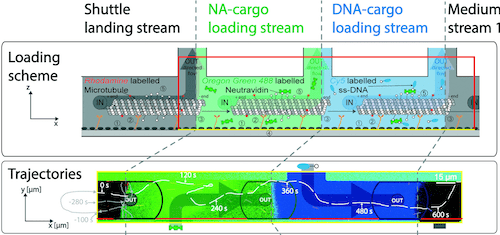

Swiss researchers have used biomolecular shuttles to capture molecular building blocks from solution and transport them across fluid flow boundaries to be further manipulated in a subsequent chamber.
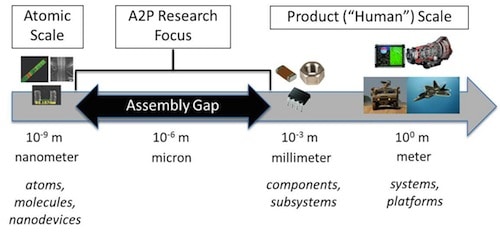
Register by Sept. 5 to attend a Proposers Day webinar on either Sept. 9 or 11 to learn the technical objectives of DARPA’s new “Atoms to product: Aiming to make nanoscale benefits life-sized” program.

An interview with UK nanotechnologist Richard Jones argues that the surest and most efficient path to advanced nanomachine function will incorporate or mimic biomolecular nanomachinery rather than scaled down rigid conventional machinery.
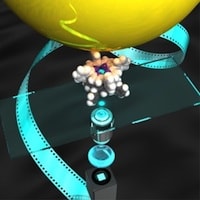
Attaching a 200-nm-diameter magnetic bead to a 1-nm diameter synthetic molecular machine allowed optical visualization of the motion of the machine and manipulation with a magnetic tweezers.

Nanotech promises more commonplace access to advanced technology as material and fabrication costs fall and traditional barriers to innovation are removed. Examples are already being seen globally: more access to laptops and cell phones in developing countries, desktop 3D printers, a surge in establishment of shared-use research facilities, etc. A couple recent cases getting attention… Continue reading Recent cases of 'accessible' high-tech: Open source chips & Origami robots

Photovoltaics are an interesting case where atomic precision is not necessary to achieve potentially dramatic global impacts. Even an “ok efficiency” device that is easy to manufacture with reduced environmental hazard could have significant beneficial effects on energy resources and on device fabrication processes (which could, in turn, contribute to developments toward APM). The struggle… Continue reading Tunable Assembly of Nanoparticles for (Photovoltaic) Devices
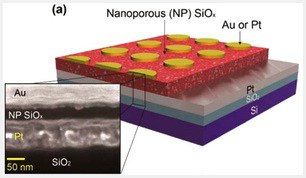
Rice University’s breakthrough nanoporous silicon oxide technology for resistive random-access memory (RRAM) appears poised for commercialization.
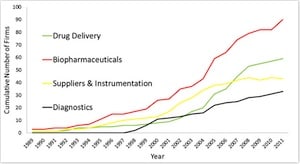
Study shows more than 500 firms involved in nanobiotechnology, which is expected to soon triple in size. Research points to the importance of broad networks and deep collaborations.
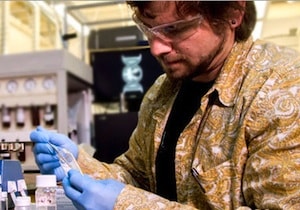
With biotech fundamental to several paths to advanced nanotechnology, a way to do biotech experiments in the cloud offers small groups the chance to quickly test their ideas.
B.R.AI.N.S., Berkeley BioLabs, and Foresight Institute to build an open source biological parts repository and design and distribute a line of “How-to Build Biological Machines” educational kits.